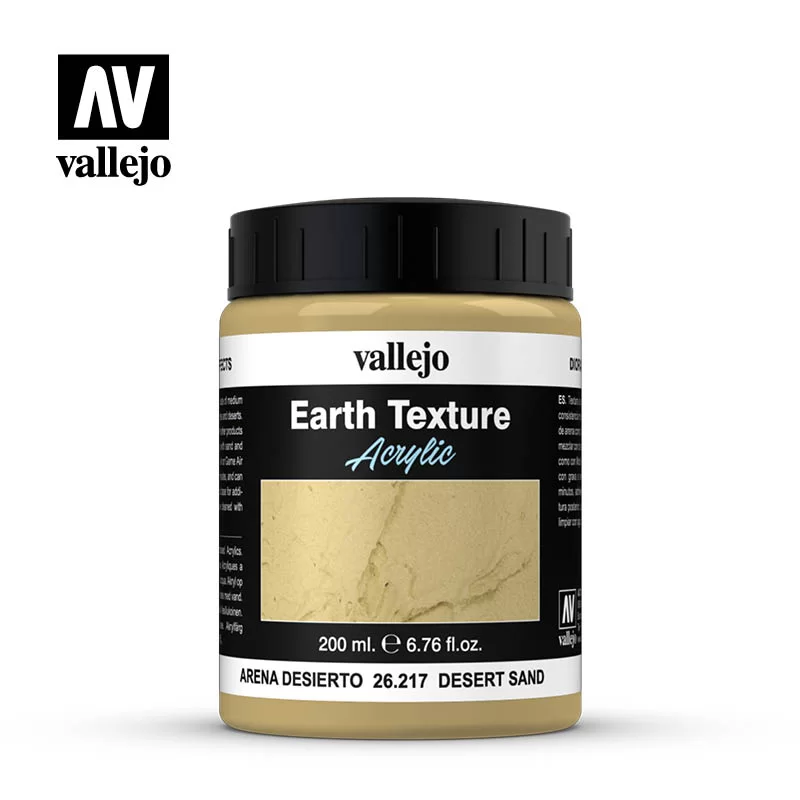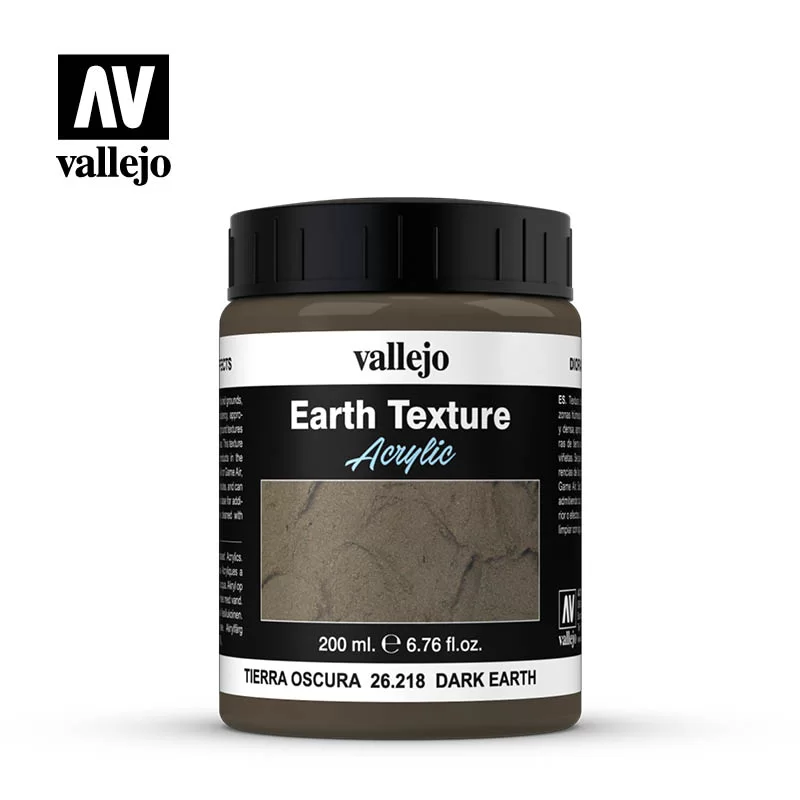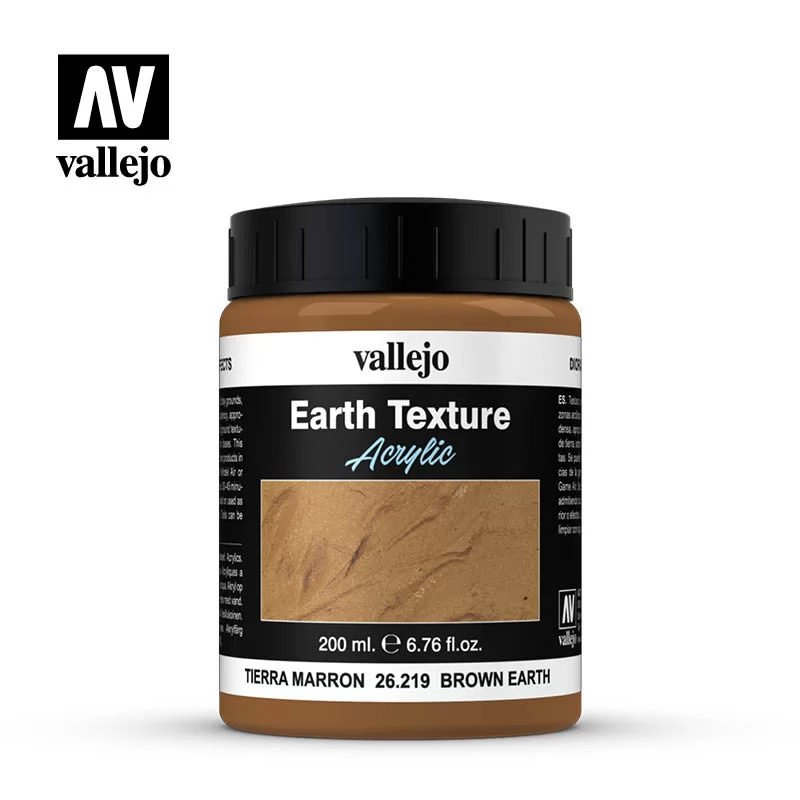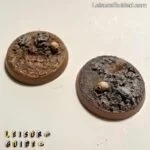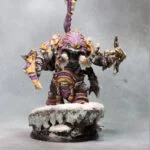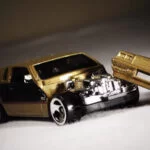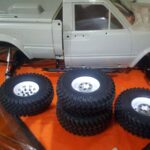Materials for basing miniatures
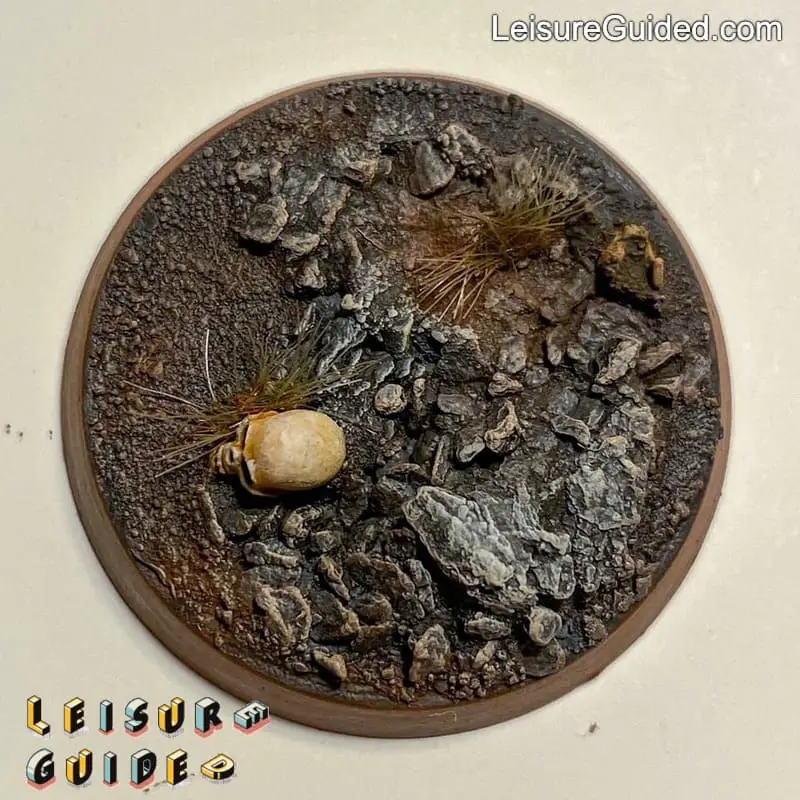
Basing is an important part of painting miniatures because it tells more about where and why a model is a way it is. Then again, you can’t tell the right story without the right materials.
In this guide, we talk about the different materials you may need for basing your miniatures.
Different materials you can use are For Basing Miniatures
When choosing materials for basing miniatures, the best part that makes the job easy is that basing materials has a broad spectrum. So, you are not limited to one material. The simple trick is to consider the theme of your figures and what size it is, then choosing a suitable material won’t be a hassle.
Materials can range from simple items you can grab from your model railroading hobby to what you can find around your environment, such as plastic bottles and caps and Green Stuff that helps you craft complex decorative features.
Use a starter Basing set when basing many minis
Before buying your basing materials, another thing you need to consider is how many bases you are going to make. If you intend to base several miniatures, it’s better to buy a set since it will save you the stress of sourcing for materials and also save you from buying materials costly.
A good basing set to consider is the Army painter Battlefields Basing set. This set includes every basing material you need to base your minis, from battlefield rocks and snows to 35 pieces of swamp tufts, summer undergrowth, and battlefield grass. It also includes a basing glue.
Basing materials For Miniatures
As stated earlier, the materials you can use to base your minis are only limited by your imagination. Then again, before searching for secondary materials, start with the traditional base materials. They include:
Vallejo base paste
Earth and sand are one effect you almost can’t avoid when basing minis. Of course, using real sand is possible if you sterilize it; however, a more convenient option is Vallejo’s base paste, especially the Dark Earth or Grey Pumice basing paste (gel).
The base paint is formulated with acrylic resins and permanent pigments and you only need a brush or hobby knife to apply it on the base. Still, one of the reasons I love this paste is that if you spend much time applying PVA glue to bases or glue down sand, this paste will be a much easier way to go about sanding the mini.
More than this, it works effectively on all surfaces and terrains. The paste also allows thinning down with water when you need a less structured surface and can be shaped to achieve textures like train and truck tracks.
Citadel Technical Stirland
If you plan to create a mud effect on your base, the Citadel Technical Stirland, whether the Stirland mud or Battlemire, can make this work. They are gritty texture paints that help you make mud textures on the miniature base.
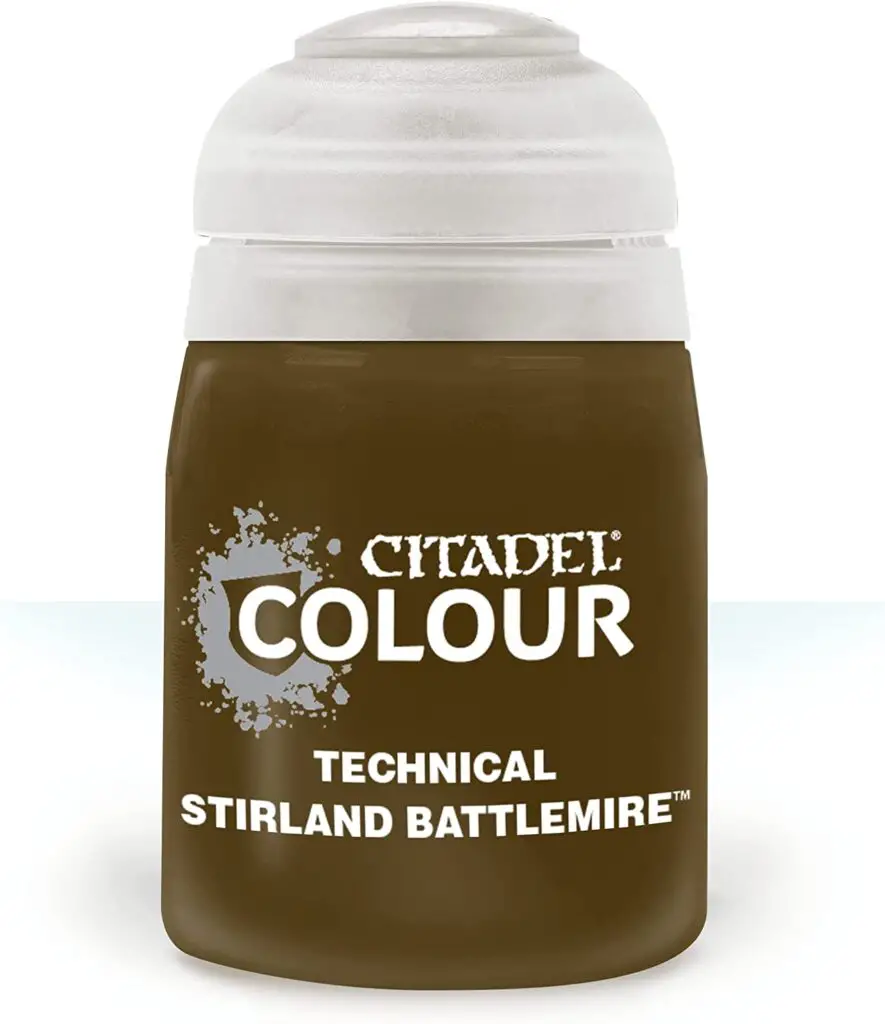

Any brand’s tuft
Another traditional material that helps your base look real is the basing tuft. Tufts add a touch of scenery, from desiccated wasteland grass to tall highland grass, depending on the terrain. Besides this, it comes in different colors from natural green to brown, burnt and snowy colors that easily fit into environments showcasing river shores, slopes, forest field parks, and flower beds.
Static grass
When making realistic-looking grass textures, static grass is another basing material you have to consider. It is made up of small colored fibers and static energy, making the grass look lush and alive when fixed. But, the best way to make it stand out and look real is to combine it with either moss green or swamp tuft.
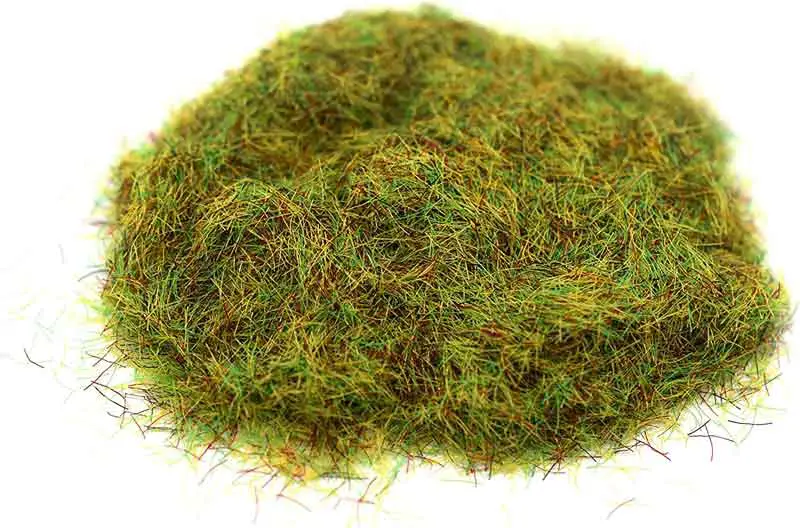

Colored moss
Terrains featuring rocks and soil often have some form of small non-vascular flowerless plant that looks like grass. So, if you need to achieve this, colored moss can help make it work. Colored mass creates a visually attractive plant-like design to cover and dress soil on the miniature base.
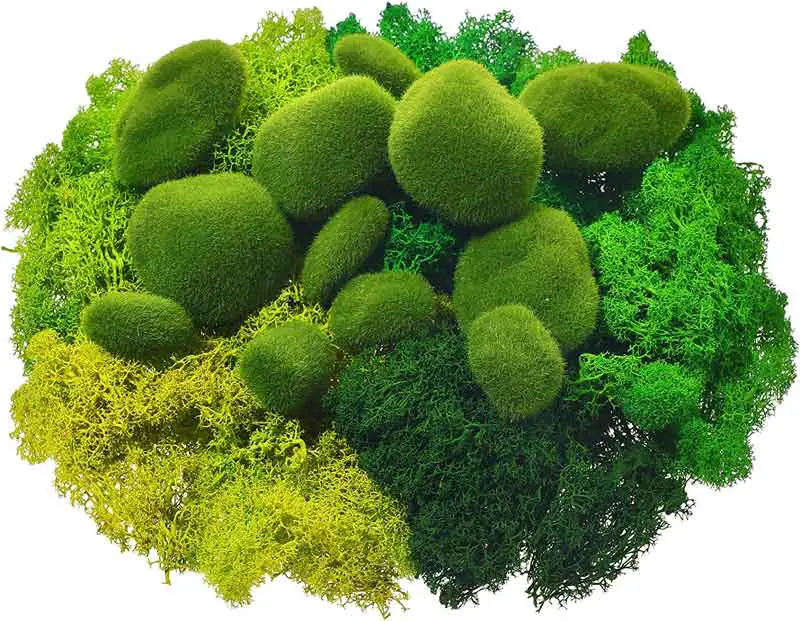

Army painter snow
Besides earth and wasteland, snow is one effect common on bases. Army painter makes snow tufts great for climate or winter bases. It gives your miniature base a nice sharp contrast, perfect for snow textures.
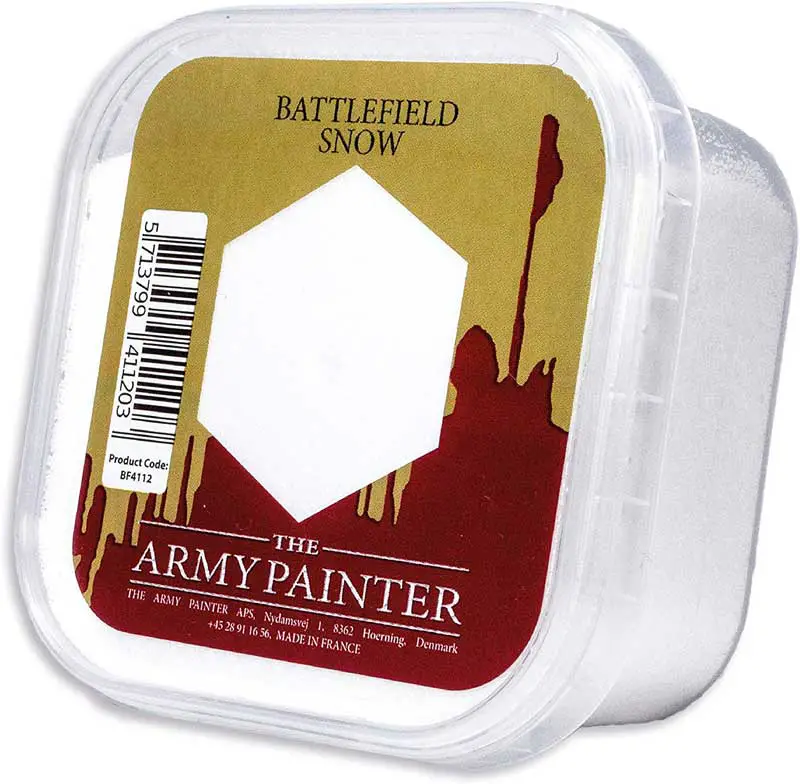

DIY materials for miniature bases
Cork board or broken-up cork
A cork is a wood-like item that helps you create realistic-looking stones, rocks, and concrete platforms on the miniature base. Most times, they come in a large sheet. So, you may have to break it apart to make them work on your bases. The best part is it can easily be drilled to allow driving pins down into the base, really securing your minis. Plus, you can easily find them in craft stores near you or your wine bottles.
Bark
Natural pine bark is also a good DIY material great for decorating miniature bases. They paint up well and look like shale rock. However, you may need to bake them before use to kill any living organism that may harm you.
Fine grade sand
I’ve also used sand collected from my backyard when basing my minis. Then again, you may want to bake natural sand before use since it may carry living organisms that may harm you. Also, getting the perfect size for your minis can be difficult when using sand from your backyard. I use a sand strainer to determine the size.
Gravel
Gravels from the playground are also great n miniature bases. They help you create terrains with larger boulders or rocky terrain and bring miniature bases to life.
Tea leafs
One other material you can actually use on your minis people don’t know about are tea leaves, from basil to parsley, oregano, and tarragon. Tea leaves are great for creating foliage and autumn effects on the base. Make sure they are pretty dried out before using them on the base.
Popsicle sticks
If you need to design a bridge on the base, Popsicle sticks are a great way to create realistic wooden planks. Just apply glue on their side edges and glue them together to create a real-life bridge.
Salt to look like snow
Basing with salt is also possible. While it has a finely ground texture, salt will easily absorb water and melt. Then, it turns into a fine film of white crust that looks like snow on the miniature base.
Pebbles
Like gravel, pebbles are great for creating rock decorations. Besides this, they also help you create walkways and ground cover.
Broken glass
You can also use real glass to create broken window effects for buildings, and vehicles on the bases. You may need to wear protective gear when using broken glasses to avoid harm to the body.
Tricks to get materials for basing miniatures
- Try to get creative and use different stuff from your environment
Craft stores and local and online hobby stores make getting materials for basing miniatures easy. However, visiting any of these stores means you may have to spend hundreds of dollars on something easily gotten from the environment.
Nature offers many things you can base with, make sure to bake them for sterilization purposes so they spread harmful organisms that may harm you.
- Clear epoxy resin for water (only for die-hard mini painters)
Epoxy resin can easily stimulate water scenes on your mini. All you need to do is pour the resin on the base. When it cures, it often dries hard and shiny and creates neat effects that look like flowing water. Also, make sure that the base is on a flat surface so the resin can harden to a natural level.
- Skulls, body parts, and weapons to decorate your bases
Most terrains with a battlefield theme often show items like skulls, body parts, and weapons. So, if you’re making battlefield decorations on your minis, plastic skulls from brands like Citadel, body parts, and weapons are also a good way to decorate the field scenes.
Conclusion
Bases are often an overlooked part of painting minis because it binds your figures together. All you need do is find the right material that will help you create coherent design and décor that gives your base a rewarding finish to your minis.

